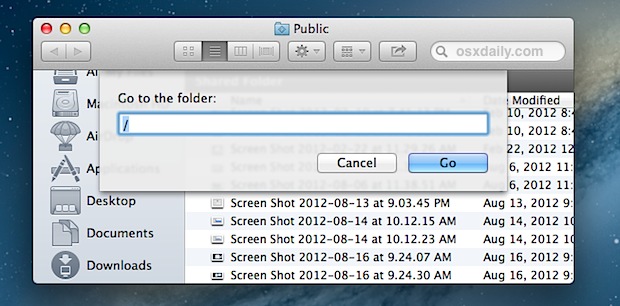
- How to open mac files useing macdisc 10 how to#
- How to open mac files useing macdisc 10 for mac#
- How to open mac files useing macdisc 10 mac os#
- How to open mac files useing macdisc 10 full#
As this feature is still in the testing phase however, your files could become corrupted at anytime, so proceed with caution. The main benefit of using Terminal in this way is that it’s quick to do and no third-party software is required.
How to open mac files useing macdisc 10 full#
This is an experimental feature and could lead to data loss, so make sure to do a full backup of both your Mac and any data on the drive before continuing.
How to open mac files useing macdisc 10 for mac#
If reformatting your NTFS drive for Mac is not an option, you can enable write support for specific Windows disks using macOS Terminal. From now on you’ll be able to move files to your drive and edit them in place from a Mac or PC. Read the warning carefully before proceeding, as this process will delete any existing data on the drive. Enter a new name for the drive in the field above if you wish.Ĭlick ‘Erase’ to continue. Insert your NTFS drive or USB stick and click to highlight the disk name in the white box on the left-hand side of the window. To get started, click the Spotlight icon at the top right of your screen and enter ‘Disk’ to launch Disk Utility. More information on FAT32 versus NTFS is available from Microsoft Support. This may pose a problem if you’re using the drive to store high-quality videos. This is simple to do and means the data on your drive/USB stick can be read and written on both Macs and PCs.īe aware that the FAT32 format isn’t as efficient as NTFS: it only supports files sizes of up to 4GB. It supports data recovery from Mac trash bin, hard drive, memory card, flash drive, digital camera and camcorders due to deletion, formatting, lost partition, virus attack, system crash, and more.If you have an NTFS drive you can use macOS’ Disk Utility to reformat it to FAT32. While if the problem keeps unsettled and is related to Mac hard drive formatting, operation errors, or system failure, you’d better directly recover the greyed out folders or files by using free data recovery software for Mac.ĮaseUS Data Recovery Wizard for Mac is such a free tool that allows you to recover lost or deleted files, photos, audio, music, emails from Mac hard drive effectively and safely.
How to open mac files useing macdisc 10 how to#
How to Recover Folders/Files with Free Mac Data Recovery ToolĬongratulations if you have solved the grayed out folders issue by following the instructions listed above. Now, you should see the greyed out folder turns to normal black.Ī similar topic you may be interested in: How to fix photos half grayed out. Or you can set the time to any day as you wish. Type SetFile -d /Path/to/grayed-out-folder/ and tap on return.īy running the command, the date of your grayed out files or folders will change to. Go to Applications and open the Terminal app. Open Finder and find the grayed out folder or file that shows 24 January 1984 error. You can make it with the help of XCode (download XCode from the App Store). How to Fix Mac Folders Grayed out in TerminalĬhanging the date of the folder or file is a feasible way to fix greyed out folder on Mac. Whatever the reason is, the result is the files or folders greyed out you cannot open the folder.
How to open mac files useing macdisc 10 mac os#
Many factors can cause this problem, like a fault in the file system entry for the file, or Mac hard drive formatting, interruption in the file or folder copying process, power failure, Mac OS crash, and more. When Mac folders or files greyed out and were inaccessible, your Mac could detect the error and set the date the Macintosh was first introduced, January 24, 1984.

/dmg-files-5a70925bba6177003785cc17.png)
How could I fix grayed out folders or files on Mac without data loss and damage?" Did it mean those files were created on that date? That's ridiculous. "I managed to transfer some photos and videos from an old Seagate external hard drive to my Mac, but they all grayed out and couldn't be accessed! By the way, the grayed out folders and files reported an error 24 January 1984. Why my folders and files greyed out on Mac? To restore the lost folders and files, run EaseUS Mac data recovery software, scan device. Open Finder > Locate the greyed out folder or file > Go to Application > Open Terminal.


 0 kommentar(er)
0 kommentar(er)
